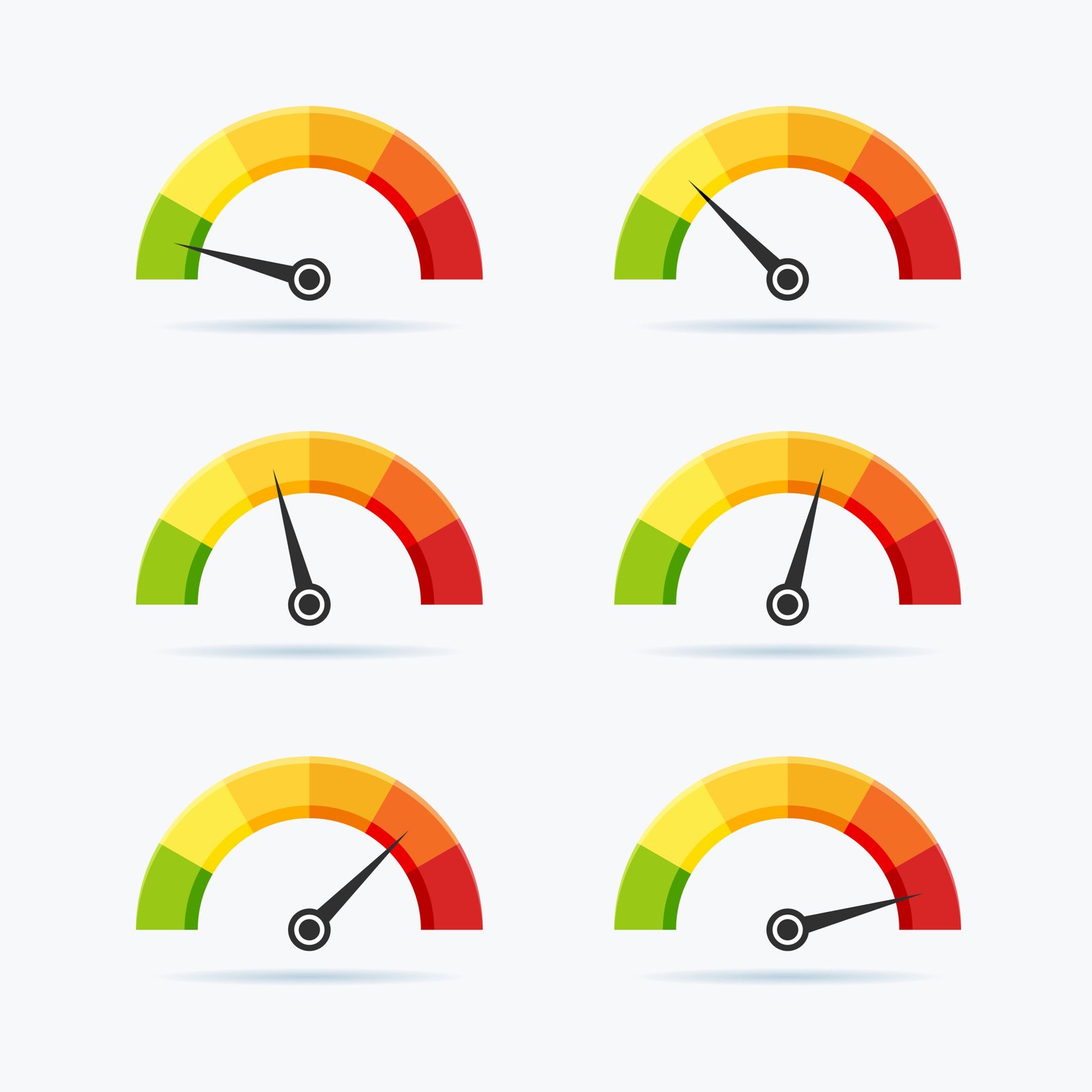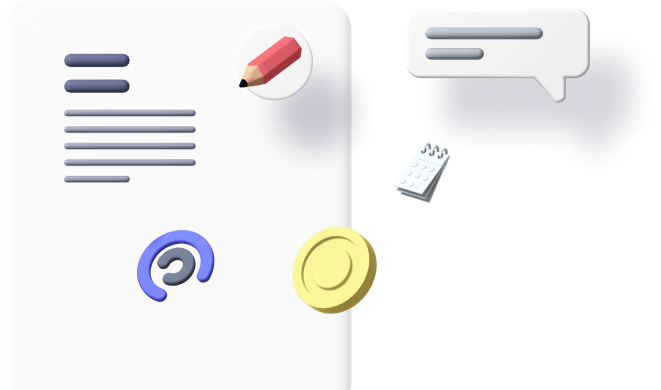
Communications
- January 24, 2023
- 5 min read
- Marketing Automation
- Blog
In this field of marketing automation “Lead Scoring” plays an important role as it leads to the goal of MQL generation, which is one of the KPIs in the marketing automation world.
Let’s first understand the concept of MQL, “Marketing Qualified Lead”, as the name itself means a lead that marketing people think is qualified for the next funnel. Ie. Sales Funnel. So how would marketers measure if lead A or lead B is not qualified? In simpler terms, it is judged by the number of actions taken by the leads toward the company’s marketing collateral. For Example – Email Open, Link clicked in an email, Web Page visit, Form filled, Registered and Attended a webinar, interact with Social Media posts, etc. These are typical ways people engage with the company, so we score people based on these activities and that is called Behavioral Scoring but we also have 1 more arrow in the quiver and that is called Demographic Scoring. This is a bit different and is based on the data set we have for the person in MAP’s database. For Example – Job Title, Role, Industry, Company Size, No. of employees, etc.
Behavioral Scoring
How likely a lead/customer is going to buy our product if the silent secret behavior score tells us!
When a lead interacts with the company’s content and other assets, the engaging activity of the lead tells us about their desire – Leads who visit your website, attend webinars, and download content are showing high interest. So how would we score or rank our leads – Easy n simple way is Zero to 100. Where when the lead starts its journey in the marketing automation platform it is at a Zero score and when it keeps on engaging with the content we give that lead some scores and increment those scores based on the type of activity. These scores will reach 100 and at that point, we will mark that journey and term as MQL. The critical point to note is that “How Much” should score a lead on a particular activity and that part is going to vary from business to business. There’s no perfect formula for Marketo lead scoring
Some businesses see potential conversion growth if/when someone registers and attends a webinar and some would say when they download an asset like a White Paper, Case Study, etc, or a majority of the time it fills out a contact us form. So giving weightage to scoring depends upon the business.

Demographic Scoring
This type of scoring term is from a different spectrum and the base for this type was driven from the Sales Person objective AND check the potential of likelihood measured from the past. Let me explain more if we only take behavioral scoring into consideration and the lead become an MQL only on basis of behavior scoring and when the Salesperson tries to reach out to that lead they might see that the required field values are incomplete or not relative to the business as this person will not gonna buy from us. Example If a student or software engineer is engaging with corp company that sells or provide service for some software application, In that context, if the salesperson reaches out to these two sets of example, the chances of sales is very less so to avoid these type of complexity Demographic scoring was introduced. These of both negative and positive scoring, means Student or similar job title leads will get negative scoring. They will not become MQL where on hand Manager, VP or C-suite level people get extra scoring to boost the funnel. This can also be applied to the company’s revenue where if the lead company’s revenue is more than 10 million it will extra score and with less than 500K will get a negative score. These types of combination sets are used to build a robust scoring model.

Fine-Tuning Lead Scoring & Workflows for Higher ROI
To truly understand the impact of your lead qualification efforts, it’s essential to assess lead scoring ROI. This means measuring how effectively your scoring models contribute to actual sales conversions. When behavioral and demographic scoring are aligned with business goals, marketing and sales teams can better prioritize high-quality leads, reducing wasted outreach and improving overall pipeline efficiency. As a result, businesses can attribute revenue growth to their scoring strategy and demonstrate tangible marketing ROI.
Another critical aspect of success is workflow optimization for better ROI. To improve automation ROI, marketers should consistently review how lead scores trigger actions within their marketing automation platform. This could involve refining thresholds for MQL status or adjusting weights based on conversion data. A smart approach to ROI scoring in marketing automation helps ensure that only leads with the highest potential move to sales, ultimately boosting conversion rates and maximizing return on investment from your automation efforts.
Lead scoring assigns numerical values to prospect behavior and profile information (demographics, firmographics, downloads, engagement) to prioritize high-potential leads for sales.
Effective scoring focuses effort on the highest-value leads, driving higher conversion rates, shortening sales cycles, and lowering acquisition cost
Monitor MQL-to-SQL conversions, time-to-close, average deal size, cost per lead, and overall pipeline velocity.
Update scoring models every 3–6 months, or when buyer behavior shifts, to preserve accuracy and ROI performance.
Demographic scoring assigns value based on firmographics (industry, role, company size), while behavioral scoring focuses on a lead's engagement actions. Combining both provides a more complete qualification profile.
















